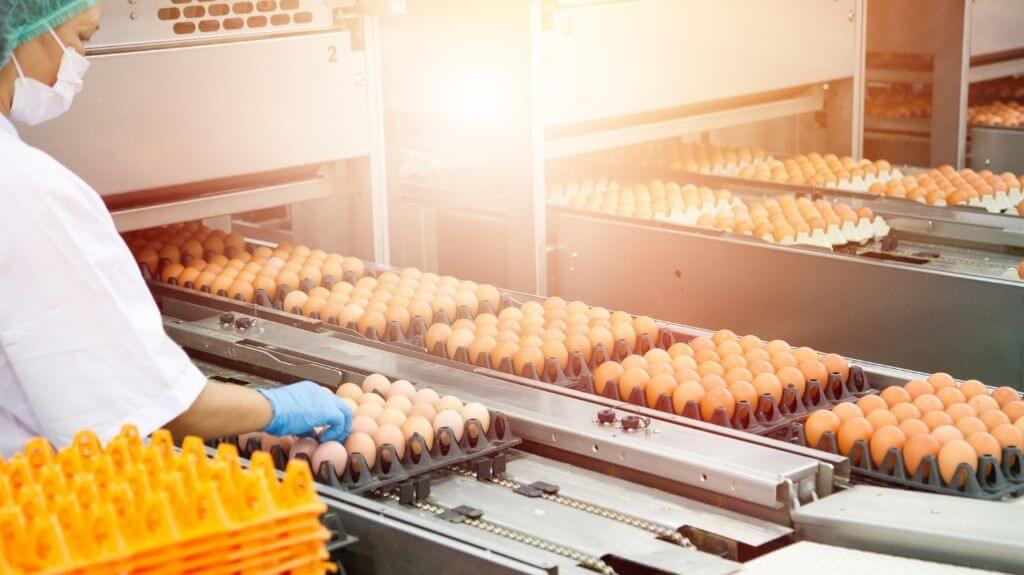If you work in one of the egg and poultry farms in Irvine or elsewhere in California, you will likely face many work-related safety hazards each day. The egg industry in California yields billions of eggs each year. Automated processes do the feeding, watering, waste removal and egg collections, yet significant on-the-job injury risks exist.
Even though no human touch is involved in the entire process, from raising the chickens, collecting the eggs and bringing them to the market, you and your co-workers should have safe work environments in which all known hazards are addressed.
Zoonotic diseases risks
Zoonotic diseases are those that animals can pass to humans. The following preventative steps are crucial to minimize the risk of this happening:
- Learn to identify the signs of diseases in chickens and remove sick or dead animals immediately.
- Dispose of dead chickens promptly.
- Make sure the ventilation system and air filter works properly.
- Use appropriate personal protective equipment like gloves and coveralls.
- Wear a respirator in dusty conditions and where airborne contaminants exist.
Wet areas and chemical substances
The nature of egg production involves many sanitation processes of equipment, trays, totes and conveyors that could pose the following hazards and require the following safety measures:
- Slip-and-fall hazards exist wherever water is used, and non-slip work boots are essential.
- Eye protection is vital to prevent splashing liquids like detergent and water from getting into your eyes.
- Handling contaminated equipment, animals and animal waste requires caution.
- Always wash your hands upon exiting work areas and also before eating, drinking or smoking.
- Avoid touching your face and eyes at all times.
- Decontaminate and wash reusable PPE before wearing it again.
Mechanized equipment poses amputation hazards
Conveyors, pumps, and augers move eggs, food, water, droppings, and more, and they can pose the following risks:
- Do not work on equipment that lacks safeguards to prevent contact with moving parts.
- Exposed moving parts can catch, crush or pinch body parts.
- Never work near moving equipment if your clothes, hair or jewelry is loose.
- Do not attempt to remove objects jammed in equipment with your hands.
- Follow lockout/tagout rules before maintenance, repairs and clearing jams.
One should avoid complacency at all times at this point in the process. After a machine washes the eggs, they go through a computerized sizing and quality check. From there, some move to packaging lines and others go to breakers at rates of 18,000 to 500,000 per hour. At that rate, complacency can cause amputation or other catastrophic injuries in the blink of an eye.
Fortunately, the California workers’ compensation insurance program in in place to have your back in the event of a work-related injury. However, it is crucial to report your injury as soon as possible to ensure your employer sets the wheels rolling for compensation within the allowed time period. Along with medical expenses, the benefits will cover your lost wages. Furthermore, victims of injuries that caused permanent disabilities would likely receive additional benefits.








